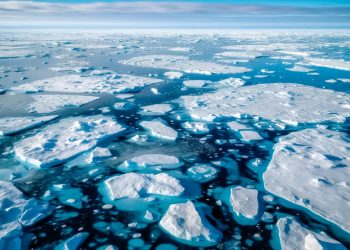All ships operating along the route are ice-classed and fitted with equipment
 Two Neste-operated oil tankers successfully traversed the Northern Sea Route (NSR) between Murmansk and the Pacific Ocean in August and September this year.
Two Neste-operated oil tankers successfully traversed the Northern Sea Route (NSR) between Murmansk and the Pacific Ocean in August and September this year.
The first Neste tanker to transit the NSR was the ‘Stena Poseidon’, which carried a cargo to South Korea. She was followed by the ‘Palva’, which delivered a cargo to China.
Neste said that its extensive maritime expertise, decades of experience in navigating in ice-covered waters and fleet of ice-strengthened ships, one of the largest in the world, give the company a clear edge in shipping along this route.
“Neste Oil has a long history of taking on the challenges of the Northeast Passage,” says Niko Ristikankare, vice president of the company’s shipping & terminals unit.
“The ‘Uikku’ was the first Western commercial vessel to traverse the route back in 1997. Thanks to our Arctic expertise and our modern fleet, we are excellently placed to handle commercial operations along the Northeast Passage.”
The Russian authorities require that all ships operating along the route are ice-classed and fitted with additional equipment, such as radios approved for use in Arctic areas and a spare propeller blade.
Bunkers and provisions sufficient for 30 days at sea are also required due of the unpredictable nature of ice conditions along the route.
The 6,250 miles covered by the ‘Stena Poseidon’ and ‘Palva’ from Murmansk to the Pacific took around 20 days at a speed of 13 knots.
“Our journey from Murmansk to the Bering Strait took nine days, escorted by a Russian nuclear-powered icebreaker and a local ice pilot,” said Jari Leino, the ‘Stena Poseidon’s’ master.
“We spotted ice along the route but were able to avoid the larger floes thanks to the open water conditions that prevailed this summer. All in all, it was a unique experience,” he said.
Source: Tanker Operator



























































